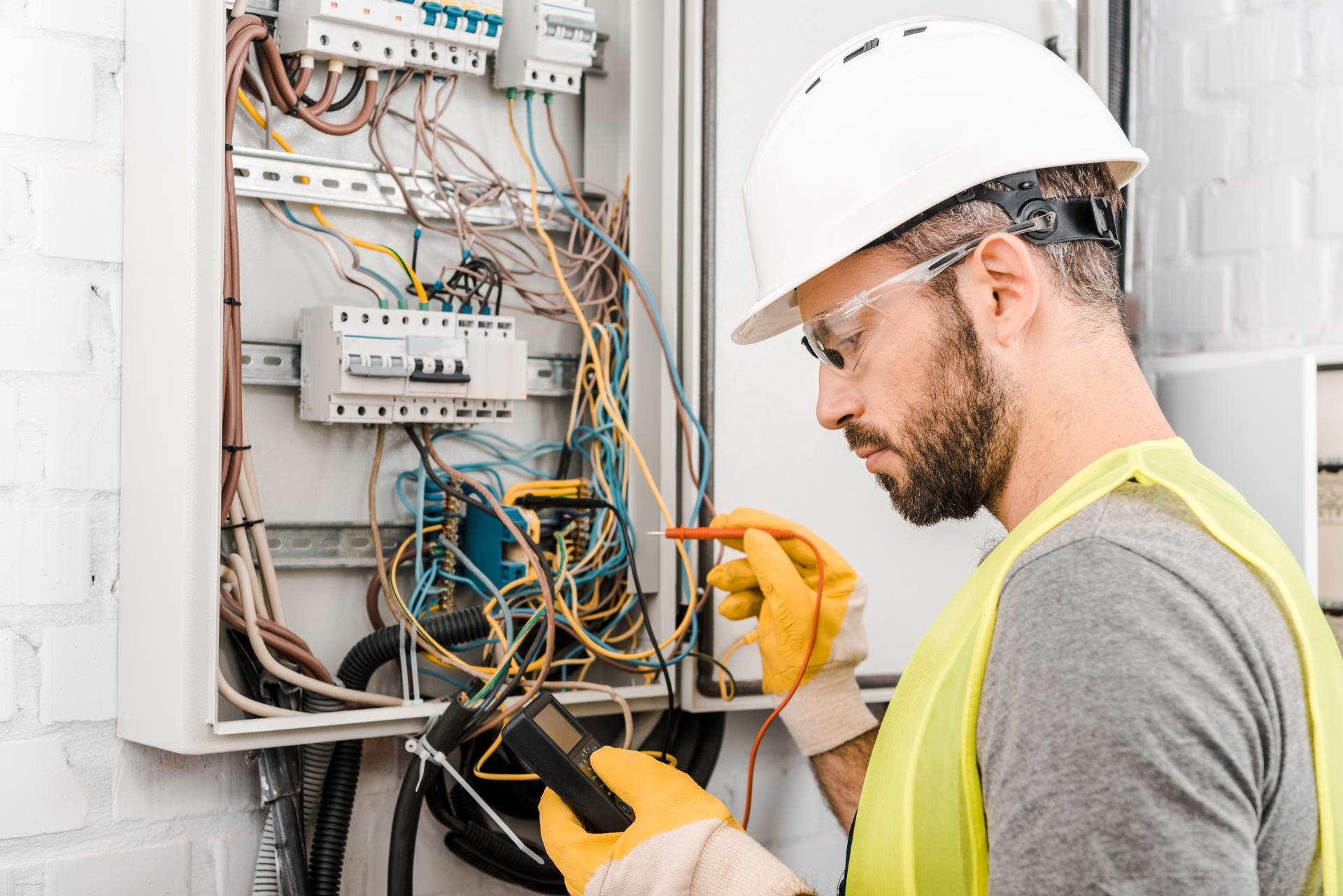Understanding the Principles of Electrical Wiring in Your Home: An Easy-to-Follow Guide

Electricity is an integral part of our everyday life, powering everything from the lights of your homes, to appliances that we use each day. But electric systems may be a bit complicated, making it difficult to understand how they operate can be difficult. In this article, we’ll break down the components in an electrical circuit, and describe how circuits function to power appliances and devices. Our residential electricians can handle any electrical jobs you need.
Components of an Electrical System
An electrical system is comprised of several important components that work to deliver power throughout the home. These include:
Breaker box: the central distribution point for electric energy in a house, where the electricity is divided into different circuits
Switches and outlets: the points at which electricity is supplied to devices and appliances
Wiring: the wires that carry power from the breaker box to outlets and switches
Electronic appliances and gadgets: the appliances and gadgets that rely on electricity for their functions.
Electrical Circuits
A circuit of electricity is one that allows electricity to flow from the source (the breaker box) to the appliances and devices in the home. There are two types of electrical circuits in a home: 120-volt circuits and 240-volt circuits. 120-volt circuits are used for the majority of household appliances and appliances, while the 240-volt circuits are designed to power larger appliances, such as dryers and air conditioners.
Electrical circuits work by completing an electrical loop that allows power to flow from the source into the device or appliance. The loop is made up of a hot wire that carries the electricity along with a neutral wire that completes the circuit and the ground wire which provides the pathway for electricity to travel to the ground in the event of a fault.
Understanding Electrical Wiring
Electrical wiring is available in many different kinds, including non-metallic sheathed wire (NM) as well as armored cables (AC) and conduit. Each type comes with its own pros and drawbacks and the selection of wiring type depends on the particular requirements of the installation.
Wiring conducts electricity through a flow of electrons through the wire. The electrons travel through the wire from source, to device or appliance and then back to the source using the neutral wire. It’s essential to ensure that the wiring is installed and maintained properly, since faulty wiring can lead to electrical dangers like shocks and fires.
Common Electrical Issues
The most frequent electrical problems found in homes include tripping light bulbs, flickering breakers and disconnected outlets. These issues can be caused by a variety of factors that include overloading circuits, broken connections, and defective wiring.
If you’re experiencing any of these issues, it’s essential to identify the source and take steps to correct the issue. In certain instances it may be necessary to contact an accredited electrician to examine and fix the wiring.
Concluding and Call to Action
Understanding the way electrical wiring functions is vital to ensure the safety and reliability of the electrical system in your home. If you follow the rules laid out in this document to stay safe and prevent potential hazards.
Should you ever have concerns or questions regarding the electrical system in your home do not hesitate to call Local Electrician Melbourne CBD. Our electricians are licensed and have the knowledge and expertise to address all of your electrical needs. Contact us at 1300 933 820 to schedule a appointment.
FAQ
What are the symptoms of a faulty electrical wiring?
Signs of defective electrical wiring can include tripping breakers, flashing lights, and dead outlets, to name a few.
When should I have the electrical system of my house checked?
It’s recommended that you get your home’s electrical system inspected by an authorized electrician at least every 10 years.
What is the expected lifespan for electrical wires?
The life span of electrical wiring is dependent on many factors, such as the kind of wiring used, the location it’s located in, as well as the quality of the installation. In general, most electrical wiring lasts at least 30-years or longer, with the proper installation and maintenance.
Do I have the ability to fix electrical issues myself , or do I need to employ an electrician?
Although some electrical issues can be fixed by homeowners, it is recommended that you hire an experienced electrician for the majority of electrical repairs. Attempting to fix electrical problems without proper training and knowledge can be risky and could cause damage or injury in your house.
What do I do if experience an electrical emergency within my home?
If you encounter an electrical problem, the first step is to turn off power to the affected area by shutting off the breaker or the fuse. Contact an authorized electrician to inspect and repair the issue as soon as is possible.
If you follow these tips, you can ensure the security and reliability of the home’s electrical system , and avoid possible dangers. Be aware that when you need repairs to your electrical system and installations, it’s always recommended to rely on the professionals. Reach out to Local Electrician Melbourne CBD at 1300 933 820 for all your electrical needs.
